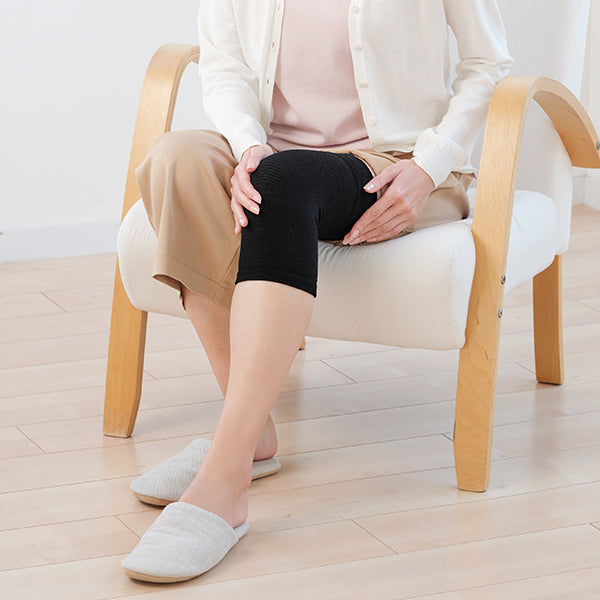Sciatica Explained: Insights and Understanding
Hello, valued customers!
Welcome back to our weekly health insights newsletter. Having explored various causes of lower back pain in our previous editions, this week we delve into a condition that is both common and often misunderstood: Sciatica.
Understanding Sciatica: More Than Just Back Pain
Sciatica refers to pain that radiates along the path of the sciatic nerve, which branches from your lower back through your hips and buttocks and down each leg. Typically, sciatica affects only one side of your body and can range from a mild ache to a sharp, burning sensation or excruciating discomfort. Sometimes it may feel like a jolt or electric shock.
Causes of Sciatica
Sciatica is usually a symptom of an underlying medical condition, not a diagnosis itself. Some of these conditions include:
- Lumbar Herniated Disc: When a disc in the lower back bulges out, it can press on a nerve.
- Degenerative Disc Disease: Aging-related changes in discs can result in irritation of a nerve.
- Lumbar Spinal Stenosis: Narrowing of the spinal canal in the lower back can compress the nerve.
- Spondylolisthesis: This occurs when one vertebra slips over another and pinches a nerve.
Detailed information on the causes of lower back pain can be found in our newsletter archives. Click here to access them.

Symptoms to Watch For
- Pain that radiates from your lower spine to your buttock and down the back of your leg.
- Discomfort anywhere along the nerve pathway — from your lower back to your foot.
- Numbness, tingling, or muscle weakness in the affected leg or foot.
Prevention and Management
While not all instances of sciatica can be prevented, maintaining a healthy lifestyle can significantly reduce the risk of developing this condition. Regular exercise, proper posture, and ergonomic work environments are crucial. For those already experiencing sciatica, treatments range from over-the-counter pain relievers to physical therapy and, in severe cases, surgery.
Living with Sciatica
If you're dealing with sciatica, know that most people recover without surgery. Staying active, avoiding prolonged sitting, and following a targeted physical therapy regimen can help manage symptoms and improve your quality of life.
We hope this information helps you better comprehend Sciatica. Your health and well-being remain our utmost concern. Stay tuned for more health insights in our upcoming newsletters!
Stay informed, stay healthy,
Disclaimer:
Please note that the information provided in this newsletter is for educational purposes only. It is not intended as a substitute for professional medical advice, diagnosis, or treatment. Always seek the advice of your physician or other qualified health providers with any questions you may have regarding a medical condition. Individual cases may vary, emphasizing the importance of personalized medical advice.







